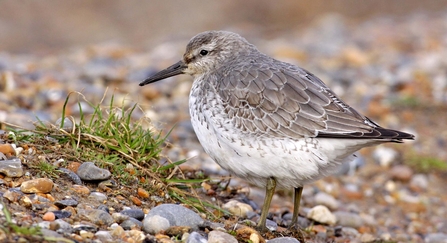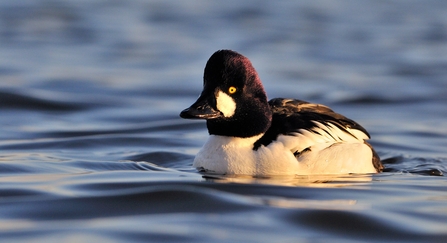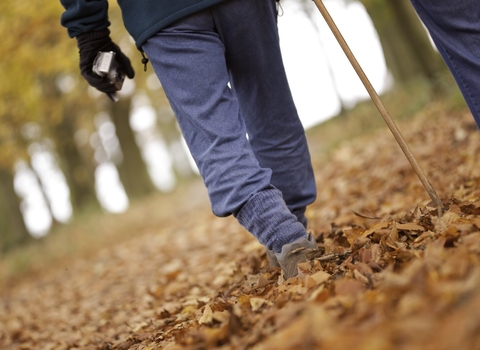Brown hares at Brockholes, herald moths at Heysham, starling murmurations at Lunt Meadows – there’s so much to see.
Brockholes
Wildlife watchers at Brockholes spotted an incredible range of animals at the nature reserve over recent weeks. Roe deer grazed on Meadow Lake island, with two wading across the lake right in front of the Visitor Village! 21 house martins and seven swallows were counted gathering in the sky one afternoon, getting ready to head off on their epic journey back to Africa for the winter.
Speaking of winter, duck numbers at Brockholes nature reserve are increasing. Gadwall numbers surpassed 50, while shoveler numbers slowly grew, too.
But there weren’t just seasonal highlights to enjoy. Visitors and staff also enjoyed hearing a Cetti’s warbler calling on the eastern reed fringes of Meadow Lake, watched a kestrel drowning a worm in a small pool of rain water, enjoyed the sight of a kingfisher on the river willows and saw a brown hare right by the office block.
Mere Sands Wood
If you enjoy an autumn walk anywhere in our region over the coming weeks, make it Mere Sands Wood. The reserve seems to embody the very season itself.
Last month saw the woodland erupt with fungi including collared earthstars, turkeytail fungus, common earthballs and candlesnuff fungus, while the trees seemed alive with the scrabbling claws of treecreepers, nuthatches and great spotted woodpeckers. The cherry on top of the month was the sight of four crossbills passing through the pine trees at the back of the visitor centre on 16 October!
Other October wildlife sightings at Mere Sands Wood included plenty of gadwall, as well as wonderful views of what seems now to be a resident great white egret.




